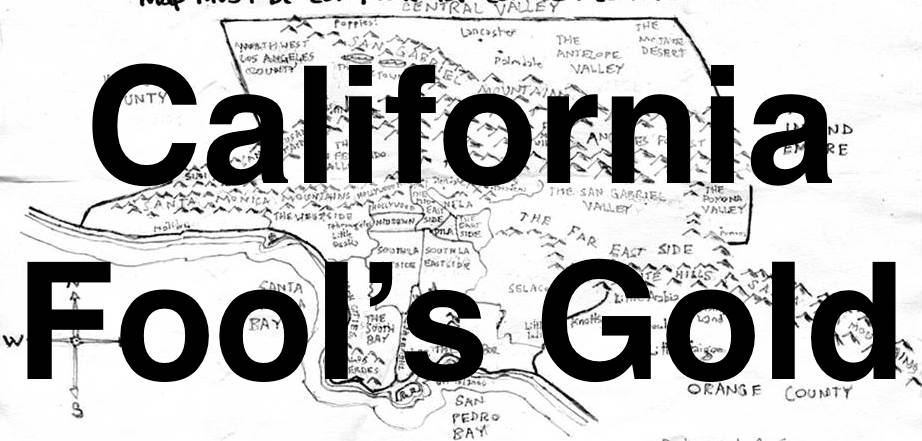
This installment of California Fool’s Gold concerns Wilshire Park.
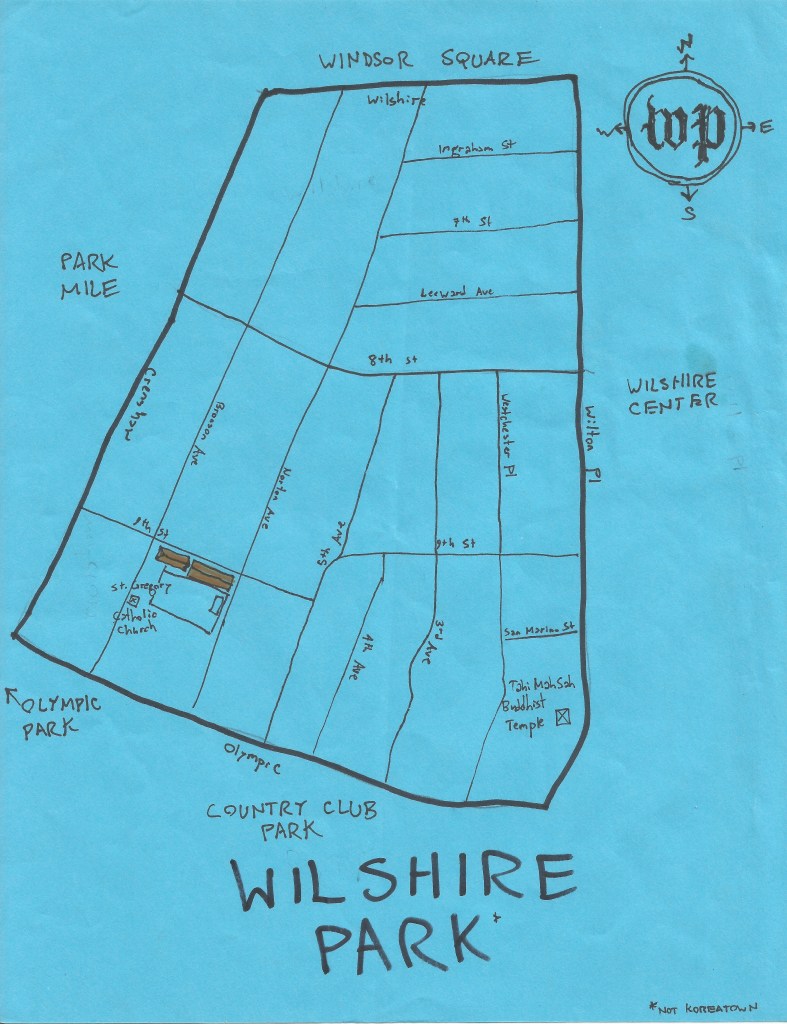
Wilshire Park is a small, Midtown neighborhood whose borders are formed by Olympic Boulevard on the south, Crenshaw Boulevard on the west, Wilshire Boulevard on the north, and Wilton Place on the east. Its desirable, central location and quaint charm have led to various parties attempting to claim it for their benefit. Some residential realtors have extended the traditional use of the term “Westside” to the neighborhood, hoping to attach that area’s mostly white and affluent connotations to the neighborhood. Commercial interests, on the other hand, have occasionally led to it being described as part of neighboring Koreatown, presumably with an eye on extending the identity of that bustling commercial center into this quiet, mostly residential neighborhood.
Wilshire Park is almost completely residential. When entering the neighborhood from Koreatown to the east, one notices an almost complete halt in the Hangul signs, the aroma of gogigui, and crowded shopping centers. They immediately give way to several nondescript apartments and only a couple of equally nondescript businesses.
The bulk of the neighborhood is made up of a variety of architectural styles including American Craftsman, California Bungalow, Colonial Revival, Dutch Colonial, Mediterranean, Spanish Colonial, and Victorian-Craftsman Transitional styles. The oldest home built in the neighborhood, at 715 Norton Avenue, was in 1907. Most of the rest were built between the 1912 and 1929. A number are listed as Los Angeles Historic-Cultural Landmarks.
The Boulevard Heights Tract opened here in 1906. The Wilshire Park Tract was subdivided in 1921 and developed around Los Angeles Railway‘s (LARy) L Line. The L Line ended service in 1940, by which time Wilshire Park was mostly built-out and, presumably, most Wilshire Park residents had transitioned from mass transit to car dependency. The Wilshire Park HPOZ was designated in 2008.
UPDATE: The Boulevard Heights Historic District was added to the National Register of Historic Places in 2012.
Although a few Wilshire Park residents have accepted the ecological realities of California and thus xeriscaped their lawns, many of the homeowners have attempted to transplant temperate aesthetics to our semi-arid chaparral. Thus a large number of the homes still feature rose gardens and lush, green lawns. If not for the palms, the large magnolias, and the western oaks; the sycamore-shaded neighborhood could probably pass for somewhere in the Middle West.
Much of the neighborhood looks much as it must’ve in the silent film era, when it was home to many stars. Doris Eaton, Helen Lee Worthing, and Mildred Harris all lived there. In 1925, a chase scene in the Buster Keaton film, Seven Chances, took place at Olympic and Bronson. Keaton can be seen running along the train tracks of the L Line, a subtle reminder that this streetcar suburb and most of Los Angeles were built not around the automobile, as is so often wrongly stated, but the streetcar.
Situated three miles south of Downtown Hollywood and five miles west of Downtown Los Angeles, the Mid-Wilshire area was in a prime position in the 1930s and it was at the peak of its association with the film industry, leading to the area being cumbersomely referred to as “The Upper East Side of the West Coast.” The nearby Ambassador Hotel, the Brown Derby, the Cocoanut Grove club, Perino’s, and the Wiltern Theater were/are attractions that no doubt contributed to the association.
In the pre-World War II era, the neighborhood was also home to bandleader Harry James and his wife, singer Louise Tobin. Violinist Jan Rubini and screenwriter Joseph L. Mankiewicz also lived there. Following World War II, the southland population largely moved to newer, further flung suburbs. In the 1940s and ‘50s, though, Wilshire Park was still home to several notables. Don McLaughlin, star of the old-time radio program Counterspy, lived on Norton Avenue. Screenwriter/director Jules Dassin lived on Bronson.
In the 1960s, scenes depicting the Douglas Family house on My Three Sons were shot there at the “My Three Sons House” (837 5th Avenue). More recently, the neighborhood was a shooting location in Crossing Over.
The sometimes histrionic reaction to being lumped in with Koreatown could lead one to believe that the residents of Wilshire Park are living out their own cozy catastrophe, holding out against the widespread Koreanization of the Wilshire region. However, walking around the neighborhood it seems that a vast majority of the neighborhood’s residents and businesses are, themselves, Korean. Olympic Blvd is Wilshire Park’s main commercial corridor and every business is Korean-owned and targeted, including Arirang, Chung Ki Wa, Kang Nam, and many others.
In reality, Koreatown means more than simply Koreans. In most peoples’ minds, it means high-density high-rises (it’s the most densely-populated neighborhood in Metro Los Angeles), LCD JumboTron billboards, traffic, filth, and crime. The concerns of Wilshire Park residents are not entirely unwarranted. The Wilton Place border (where several scenes of 365 Nights In Hollywood were filmed) it shares with Koreatown is noticeably more litter-strewn and nearly every crime in the neighborhood (primarily burglaries) takes place within a block of that street.
For more information on the neighborhood, check out the Wilshire Park Association‘s website or their Twitter page.
To vote for any communities you want to see covered in California Fool’s Gold, name them in the comments.
Support Eric Brightwell on Patreon
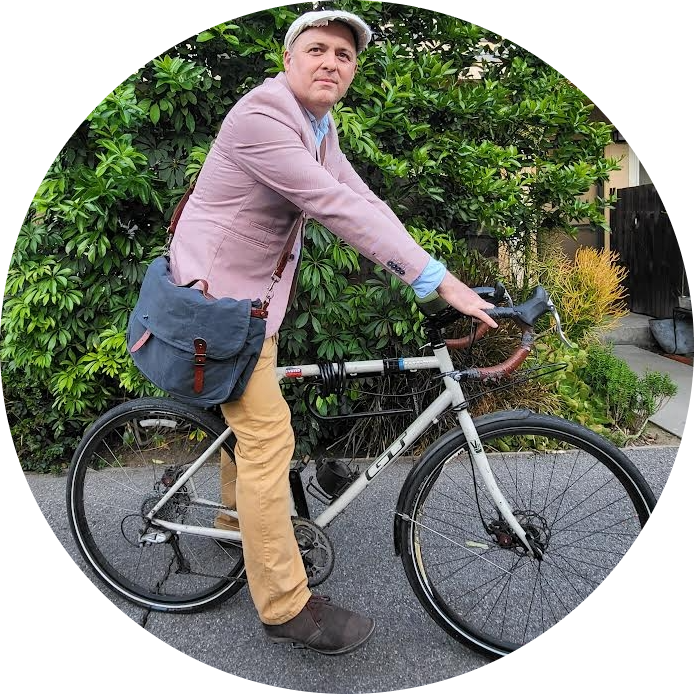






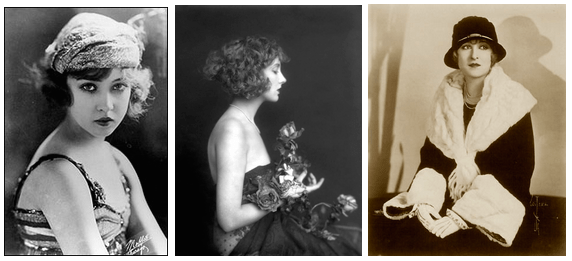


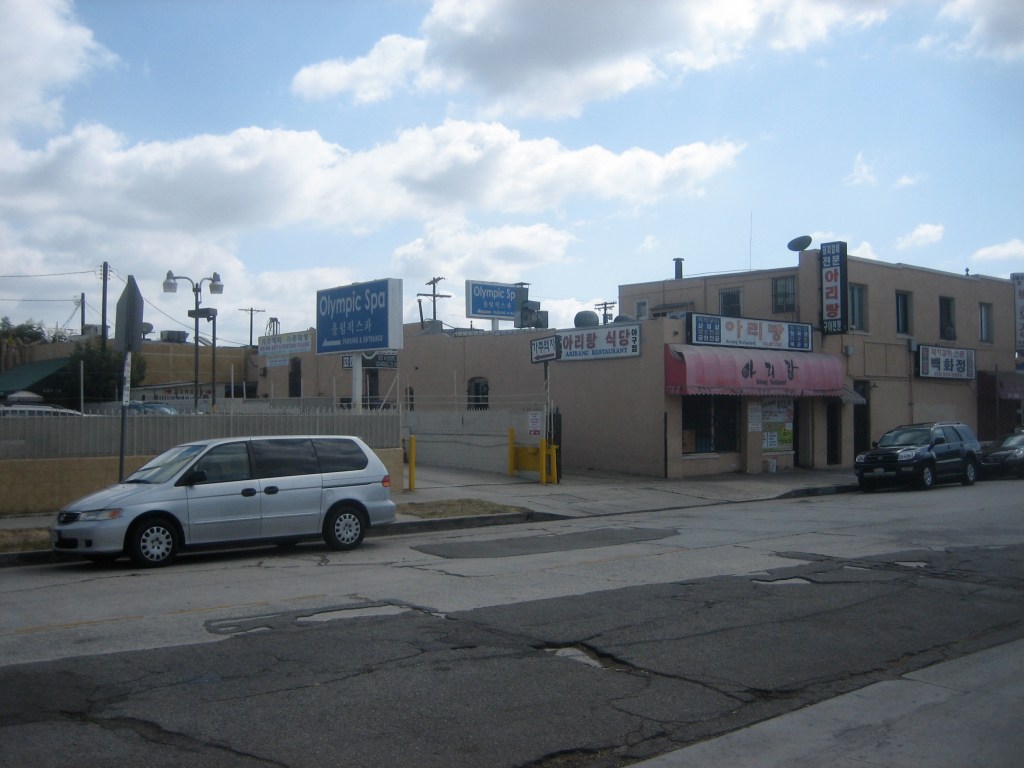
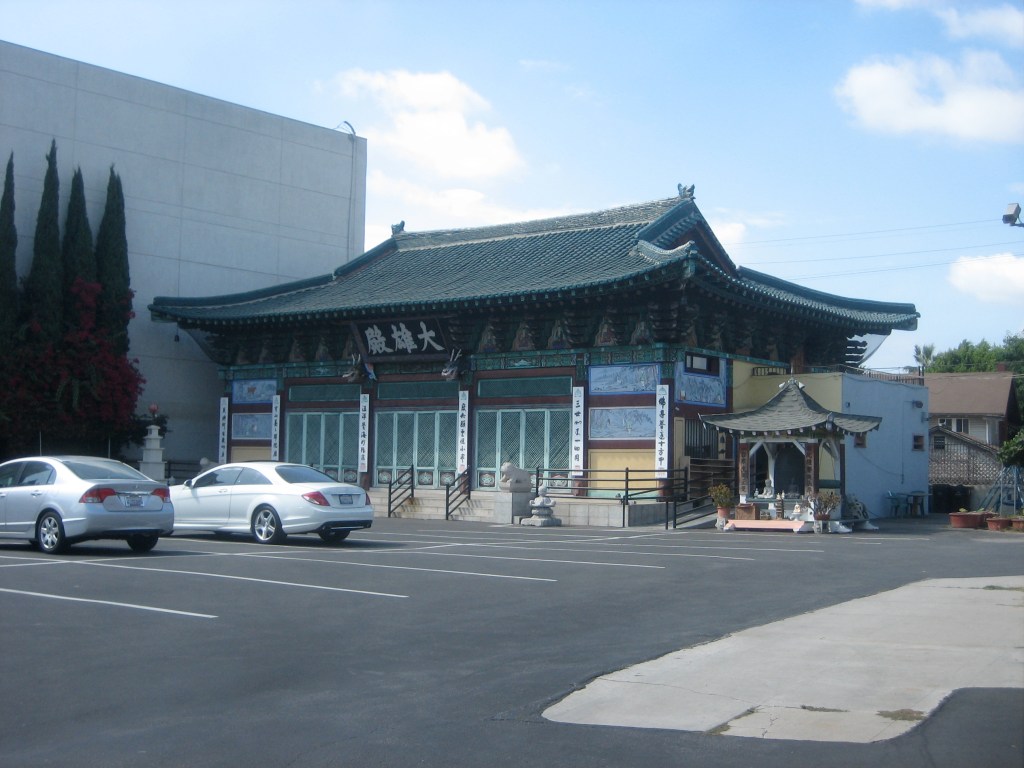



6 thoughts on “California Fool’s Gold – Exploring Wilshire Park”